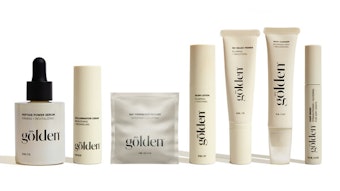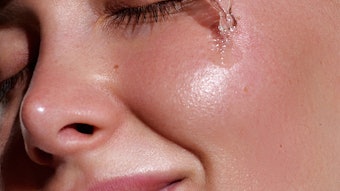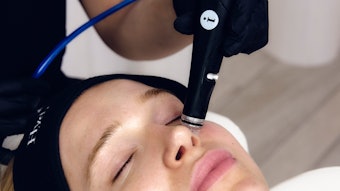In the latest edition of the Journal of Cosmetic Dermatology, dermatologist Zoe Diana Draelos of the Wake Forest University School of Medicine, Winston-Salem, NC, USA contributed a piece* on the latest cosmeceutical approaches for antiaging and her assessment of their efficacy. According to the journal abstract, cosmeceuticals provide a new therapeutic frontier for antiaging in dermatology.
The most dramatic signs of cutaneous aging reportedly include the lack of skin surface regularity, the formation of rhagades and the increased presence of dyspigmentation. In her review, Draelos illustrated how these three needs of maturing skin can be met by novel ingredients incorporated into carefully constructed formulations designed to deliver scientifically measurable and visibly noticeable improvement.
For example, skin surface irregularity can be improved through increased skin turnover facilitated by topical niacinamide, while the appearance of fine lines can be diminished through the application of moisturizers containing engineered peptides and over-the-counter retinoids, such as retinyl propionate. In addition, skin pigmentation can become more regular with the topical application of N-acetyl glucosamine and UVA photoprotective ingredients—and combining cosmeceutical ingredients in a moisturizing vehicle can magnify benefits and profoundly improve skin appearance, reported Draelos.
"Evidence-based cosmeceutical ingredients can provide antiaging benefits," Draelos concluded, according to a report in Medical News Today. Ingredient efficacy is becoming more and more evident, especially in a demanding market driven by consumers who demand noticeable results and measurement of them. Reliable claims support is key, and expert reviews such as Draelos' will become more and more important to support industry efforts by telling consumers that yes, certain materials being developed really do work.
-Rachel Chapman, C&T magazine
*Z.D. Draelos, MD, The latest cosmeceutical approaches for antiaging, Journal of Cosmetic Dermatology 6 (s1), 2–6. doi:10.1111/j.1473-2165.2007.00313.x (2007)










